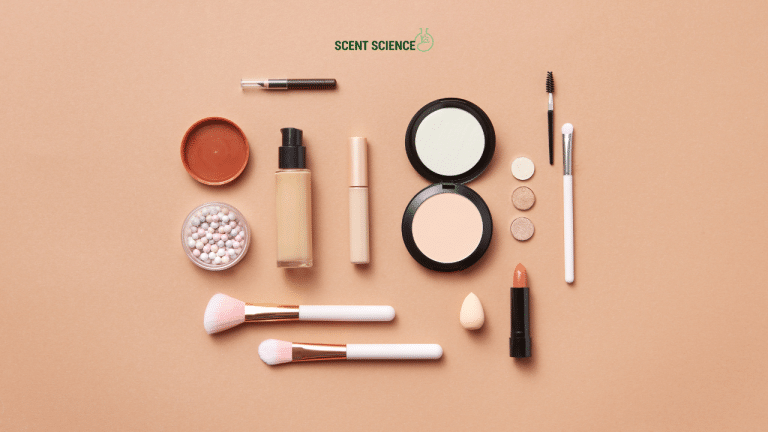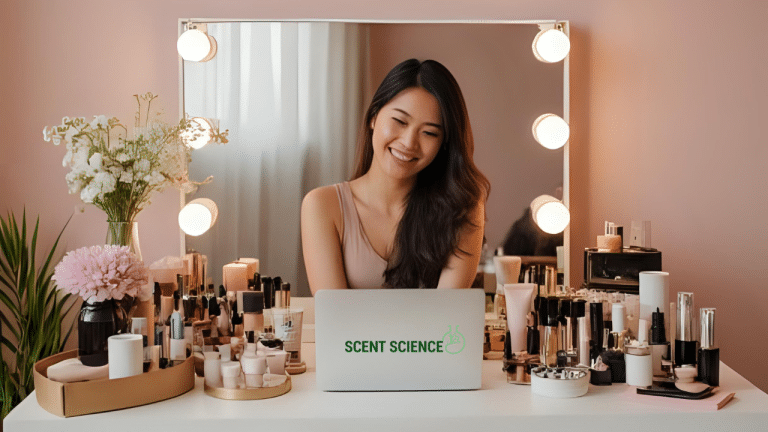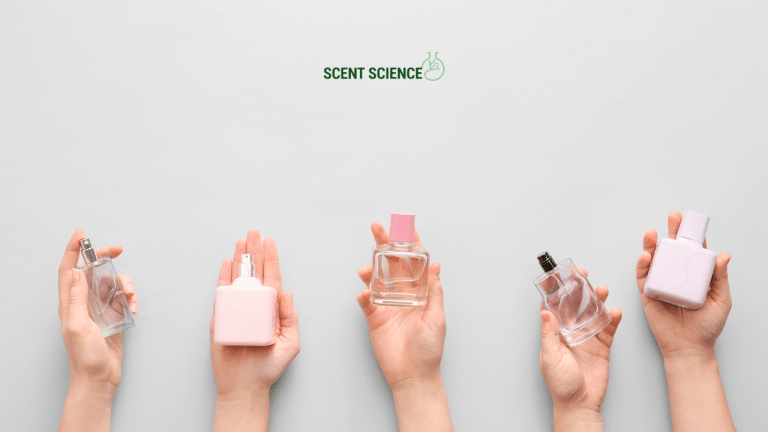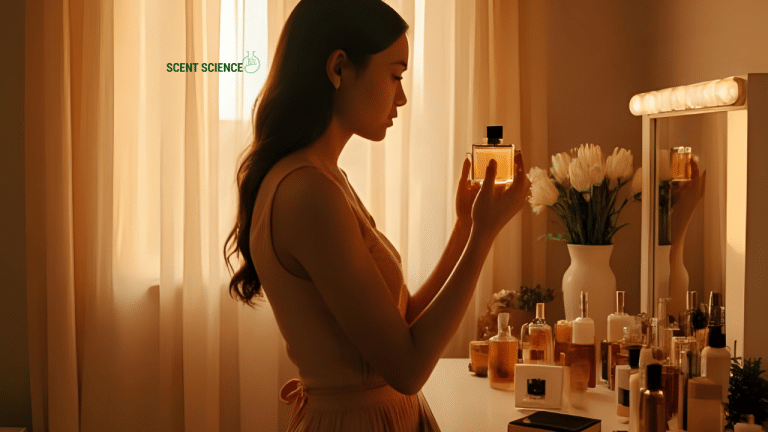You know, we’ve all been there. You’re wandering through the perfume aisle, sniffing fragrances until you can barely tell one from another. Your nose is tired, confused, and ready to give up. Isn’t it interesting, though, how the act of choosing a perfume is this mysterious blend of preference, memory, and chance? You might not realize it, but technology, particularly **artificial intelligence**, is making some pretty wild waves in this world. Can AI actually help us understand and create fragrances? Spoiler alert: It absolutely can, and it’s exciting.
Table of Contents
ToggleHow Artificial Intelligence is Changing the Scent Game
Artificial intelligence is sort of sneaky. It shows up in places you wouldn’t expect, like helping us pick better perfumes. Sounds odd, right? Let’s dive in. At its core, AI mimics human intelligence, but it’s not bound by human limits. Think of machine learning—the subset of AI—like a super-sleuth for data patterns. When applied to perfumery, it analyzes massive datasets like the molecular breakdown of millions of scents. Yeah, it gets science-y, but don’t worry, we’ll keep this grounded.
Getting a Whiff of Machine Learning in Perfume Development
In perfume development, AI doesn’t just help create something new; it helps understand how scents interact with human emotions, cultural trends, and complex chemistry. It’s like having a blend-expert who never sleeps. AI models, particularly machine learning, analyze the way different scent molecules mix and react, predicting which combinations will hit the right notes. It sounds a bit like magic, doesn’t it?
Here’s how this tech wizardry breaks down:
- Data Collection: Massive amounts of olfactory data are gathered. We’re talking about large databases detailing various scent molecules, historical preferences, and even emotional responses.
- Pattern Recognition: Machine learning examines these datasets, identifying patterns and predicting which scents will likely appeal to certain demographics or blend harmoniously.
- Innovation Catalyst: AI suggests novel combinations that might not be obvious to a human perfumer. It’s like getting your playlist curated by trends and algorithms—except for your nose.
The AI-Infused Perfume Design Process

Using AI doesn’t just make the process faster; it revolutionizes it, opening possibilities we thought could only exist in fantasy. Let’s break down how a typical AI-enriched perfume design works:
- Inspiration & Data Compilation: It starts, rather humanly, with inspiration—perhaps a memory or a mood the brand wants to evoke. Meanwhile, AI compiles relevant data, setting the scene.
- Machine Learning Analysis: This is where things get very tech-savvy. Machine learning models analyze the data, identifying promising molecule interactions. Algorithms churn through centuries worth of scent records faster than a master blender with a team of apprentices.
- Prototype Creation: The AI-generated formulas move from theory to wearable prototypes, often tested by panels to ensure noses across the board are pleased.
- Feedback Loop & Iteration: Feedback from real humans (yep, still important) informs the AI, which refines its data models continuously. Each sniff is another datapoint feeding the loop.
Each step involves humans and machines working together harmoniously. The result? A perfume that’s both a piece of art and a technological marvel.
Artificial Intelligence: A Nose for Different Trends
Artificial intelligence analyzes not just molecules but nuances like consumer sentiment across cultures. Why do some countries prefer floral while others favor spicy? These preferences aren’t arbitrary. They’re rooted in cultural history, climate, even cuisine.
AI tracks these trends, providing brands with intel to align products with global, regional, or niche desires. Imagine charting how youthful consumers in Asia might lean towards sweet vanilla tones versus European markets where earthy notes reign. The insight is no small feat, and it’s transforming the business of perfume.
Keeping It Real: Creative Flair Meets Machine Logic

Humans are at the center of the perfume experience; our memories and feelings dictate our scent preferences. AI doesn’t try to replace human creativity in perfumery. It augments it by tackling problematic areas—quick data analysis and vast possibility exploration. This AI-human partnership highlights that personal connection with fragrances and elevates it to unprecedented precision.
So, how can this powerful tech become part of your everyday life?
- Consumer-Centric Customization: Imagine being part of the process. With AI, brands can create bespoke fragrances tailored to your personal history and preferences. Instead of spending a day at the mall, you describe your ideal scenario online. AI interprets your brief in seconds, offering scents aligned with your desires.
- Trend Augmentation: Use AI predictions to connect with broader consumer bases, engage customers familiar with tech trends, and strengthen loyalty through captivating, data-backed narrative fragrances.
Common Misconceptions About AI in Perfume
There’s always skepticism with new tech. Here are a few misunderstandings you might have heard:
- AI Replaces Artisan Craft: Wrong. AI enhances craftsmanship, handling detailed analysis to free human creativity.
- Uncanny, Unnatural Scents: AI aids quality, not undermines it. It creates subtle garments woven with the invisible hands of data.
- AI is Too Generic: Once more, no. AI allows for immense customization and novelty, not homogeneity.
Let’s pause here for a question I’ve heard once or twice: Can machines fully capture the essence of human creativity? My take? They enhance artistry—they don’t replace it. AI offers a brush to the artist, predicting colors and strokes worth trying.
Peering into the Future: Potential Challenges and Breakthroughs

Like every tech innovation, using AI in perfumery comes with its challenges and breakthroughs. It’s a learning curve. Here are some goodies and pitfalls on the horizon:
- Barrier to Entry: High initial costs and complexity can deter new entrants despite the seamless eventuality AI offers.
- Customization At Scale: Developing tech refined enough to handle unique personal queries in milliseconds is still a vast field.
But promise abounds! As tech evolves, everyday consumers might find themselves wearing perfumes designed by AI, feeling like part of a luxurious, intimate tale tailored for their senses.
Key Takeaways
- Enhanced Accuracy: Machine learning brings precision to perfume development, uncovering scents and trends hidden deep within data mounds.
- Facilitated Creativity: Far from replacing artisan perfumers, AI provides new tools, invigorating traditional methods.
- Expanding Horizons: AI supports newfound creativity and expanded personalization options, enhancing the consumer-experience mosaic.
Final Thoughts on Machine Learning in Perfumes
Next time you uncork a bottle, remember: within that crafted essence lies a touch of tech sorcery. **Artificial intelligence** has whisked perfumery into a realm of unbounded potential, harmonizing data with discovery. Isn’t it amazing how a pinch of innovation, once ambiguous, roots itself in ritual? AI lends us a nose—a supercharged one at that.
Still unsure? Give it a try. Whether you’re concocting new industry strategies or searching for a fragrance fit, understanding this tech fusion just might change your scent perception.
Stay curious. After all, the perfect scent might just be a database away.
Frequently Asked Questions
What is artificial intelligence (AI)?
Artificial intelligence (AI) is the ability of a digital computer or computer-controlled robot to perform tasks commonly associated with intelligent beings. This includes tasks such as writing, problem-solving, and generating human-like conversations[3][5][1).
How does AI work?
AI works through various techniques, including machine learning, natural language processing, and deep learning. For instance, large language models like ChatGPT are trained on vast amounts of text data to generate new text similar to what they have seen before. These models predict the next most likely word based on learned patterns[3][5].
What are the different types of AI?
AI can be categorized by capability and functionality. Types include narrow or weak AI, which is task-specific, and general or strong AI, which is more akin to human intelligence but is still in the realm of science fiction. Other types include generative AI, which can create new content, and AI used in specific applications like computer vision and natural language processing[1][5].
What can AI do that humans cannot, and what are its limitations?
AI can process vast amounts of data quickly, perform repetitive tasks without fatigue, and generate content based on patterns learned from data. However, AI lacks human qualities such as judgment, empathy, creativity, and critical thinking. AI also requires specific inputs and context to function accurately and can make mistakes if the data is flawed or if it misinterprets the context[3][5].
References







